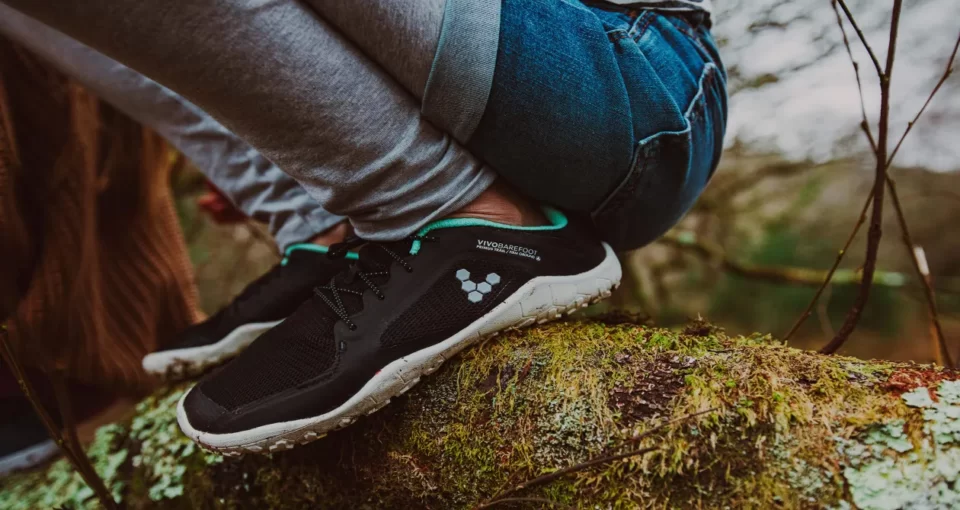Introducing Vivobarefoot Minimalist Running Shoes
Petrus Oosthuizen, July 2, 2012

Whenever I doubt something in life, I like to think what simple answers our oldest ancestors would have given us in our modern society? I have grown very fond of this habit of mine, but every now and then I am reminded that we have the answers to almost all of our questions through a simple Google-search.
Up until recently, the internet would have told you that it is advisable to be running with supportive shoes to keep away from injury and make running more comfortable. Lee Saxby started asking questions, and found the perfect answer. I’m pretty convinced he also looked back a couple of centuries back.
Vivobarefoot is the answer to Lee’s question for the perfect running mechanism to fit our feet with. He found inspiration in the Copper Canyons with the Tarahumara tribe after Christopher McDougall went on his own pilgrimage to find the truth behind the art of running. McDougall went on to write Born to Run, almost a bible for anyone running. Through this bestseller, we have learned how we are supposed to run, and how each one of us can enjoy it every step of the way.
The human body didn’t evolve thinking to itself that there is going to be rubber underneath our heels to give us support while moving. No, our body is developed to be a forefoot-striker, and not a heel-striker. But the modern shoe factories have robbed our brains of this reality. What most of us don’t realise is that when we run with the heel striking the ground first, we send tremendous shockwaves from our feet up through our body, and puts too much pressure on sensitive joints and muscles. Also, when we run with our heels striking first, it usually happens when your leg is stretched out in front of you, which takes away the crucial balance we need to keep while running. The typical supportive shoe sends a message to our brains that it is “alright” that we land on our heels. Runner’s knee? Tendonitis? Plantar Fasciitis? Yeah, it’s not alright.
Vivobarefoot takes us back to how we as humans ran. How we should still be running. They took everything that McDougall said, everything the Tarahumara said, what Lee said, and compressed it all into the beautiful new shoe range from Vivo. The tremendous success that this simple shoe-design has had, has given many runners around the world the opportunity to run injury-free. There are many different models in the range, but what each of them has in common is that it is a very breathable shoe with a sole that varies between 3-7mm, giving you minimum support so that our feet can operate on its own (Don’t worry, our feet are more than strong enough to be doing this). A wide front part of the shoe gives your toes enough space to move as if barefoot. The human foot is a biological masterpiece. Why wrap it up and coddle it? The idea is to go totally barefoot, but we still need protection against sharp rocks and glass.
Casual wear
Lee also believes that our fight to return to the barefoot species that we are, shouldn’t just be occurring while we are in our training gear, it should happen all day long. That is why Vivo Barefoot has introduced the casual-wear shoe range, so that our feet can get stronger while we are doing anything through our day. If you are terrified of trying to go barefoot running, I would advise to start wearing these casual shoes first. As the process of “transforming” from a supportive-shoe-runner to barefoot runner can sometimes be long, this is a great way to begin the process with.
To become more informed on the matter, I would strongly recommend attending one of the many barefoot clinics that Lee and his team are doing all around the world. Coach Dale Turrel more than convinced me that this is the future of running, and him and his team are just waiting to enlighten you as well. Professor Dennis Bramble (evolutionary biology) from the University of Utah said something that will stick to me forever: “Just move your legs. Because if you don’t think you were born to run, you’re not only denying history. You’re denying who you are.” Viva Vivabarefoot.
For more information, visit vivobarefoot.com